😀
Two new approaches allow deep neural networks to solve entire families of partial differential equations, making it easier to model complicated systems and to do so orders of magnitude faster.


“I think both with the how the workers have been treated and how the community has really been kicked aside here with the creeks, one of the problems we’re seeing is Wall Street values being applied to rural, working class communities,” said Smith. “That’s the values of ‘money first,’ and ‘consequences don’t matter.’”.
It’s sunny and in the mid-70s in Tuscaloosa County, Alabama right now. Normally, that would be prime conditions for a swim in Davis Creek or Texas Creek. But right now, both are running black, full of thick wastewater runoff.
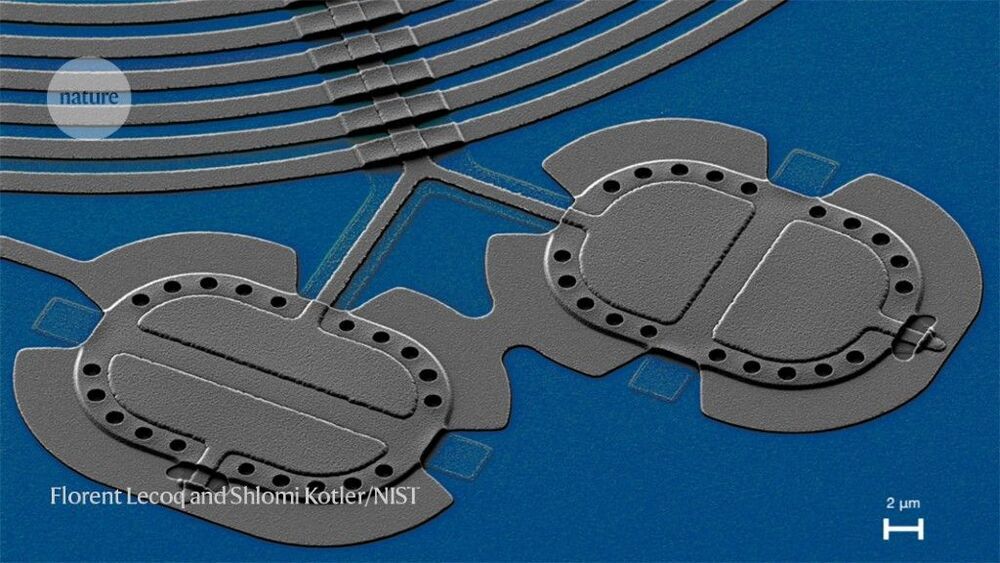
Although nothing in the laws of quantum physics limits such quantum weirdness to subatomic particles, the theory predicts that at much larger scales — say, the size of a cat — quantum effects should be so vanishingly small as to be unobservable in practice. Physicists have long debated whether this is just a limitation of our senses and instruments, or whether macroscopic objects are governed by their own set of laws that is fundamentally different from quantum mechanics. To explore this question, researchers have been pushing to observe quantum effects at ever larger scales. “One point of our research is, is there quantum in the classical world?” says Mika Sillanpää, a physicist at Aalto University in Finland.
Quantum drums
In an experiment at the US National Institute of Standards and Technology in Boulder, Colorado, physicist Shlomi Kotler and his collaborators built a pair of vibrating aluminium membranes akin to two tiny drums, each around 10 micrometres long.
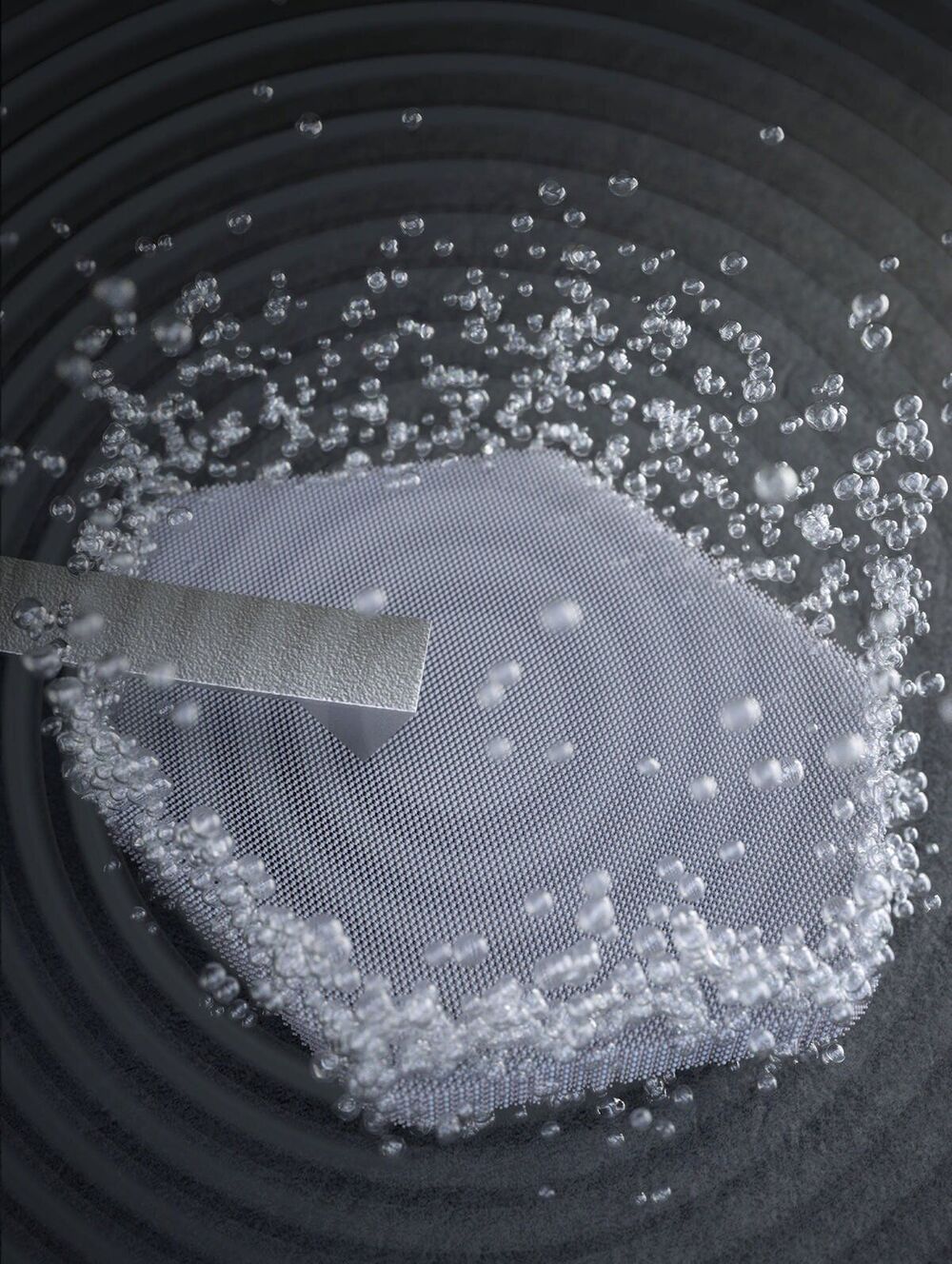
Transitioning from fossil fuels to a clean hydrogen economy will require cheaper and more efficient ways to use renewable sources of electricity to break water into hydrogen and oxygen.
But a key step in that process, known as the oxygen evolution reaction or OER, has proven to be a bottleneck. Today it’s only about 75% efficient, and the precious metal catalysts used to accelerate the reaction, like platinum and iridium, are rare and expensive.
Now an international team led by scientists at Stanford University and the Department of Energy’s SLAC National Accelerator Laboratory has developed a suite of advanced tools to break through this bottleneck and improve other energy-related processes, such as finding ways to make lithium-ion batteries charge faster. The research team described their work in Nature today.
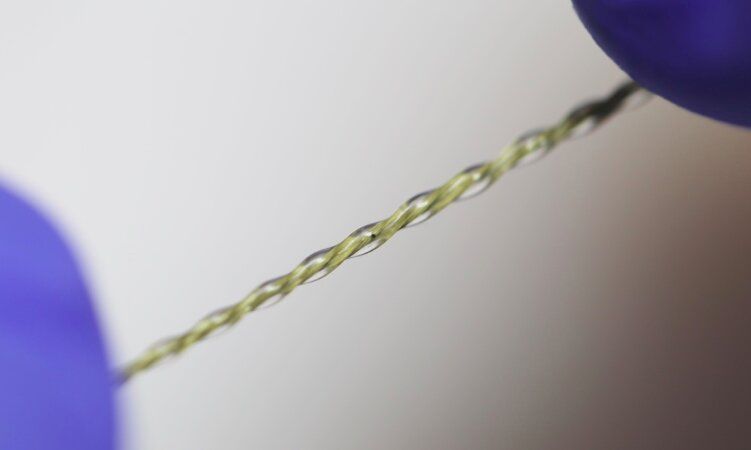
Implantable electronics are among the most promising healthcare technologies, as they can help to remotely monitor specific biological processes associated with a patient’s health. While researchers have developed a variety of implantable devices over the past decade or so, existing technologies have several limitations that can prevent their widespread use in clinical settings.
The first factor preventing the large-scale implementation of existing implantable technologies is the structural mismatch between these devices and most organs/tissues in the body, which typically have complex 1D or 3D structures. Secondly, reliably fixing soft electronic devices on organs that are moving or pulsating has so far proved to be highly challenging.
Researchers at Daegu-Gyeongbuk Institute of Science & Technology (DGIST) in South Korea and ETH Zürich have recently developed a new fiber-based strain-sensing device that could overcome the limitations of existing implantable electronics. This sensor, presented in a paper published in Nature Electronics, comprises a capacitive fiber strain sensor with an inductive coil for wireless readout.
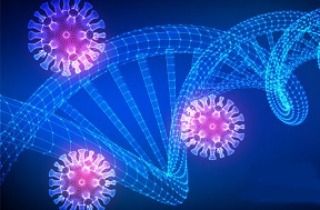
@AlexGatopoulos looks at how hypersonic missiles are emerging as a key tool in the race to dominate the next frontier — outer space.
Follow us on Twitter https://twitter.com/AJEnglish.
Find us on Facebook https://www.facebook.com/aljazeera.
Check our website: http://www.aljazeera.com/
#Aljazeeraenglish.
#Project_force.
#Al_Jazeera_Digital_Content

People who reach a very old age may have their genes to thank. Genetic variants that help to prevent DNA mutations and repair any that do occur have been found in supercentenarians and semi-supercentenarians – people who reach the ages of 110 and 105, respectively.
“DNA repair mechanisms are extremely efficient in these people,” says Claudio Franceschi at the University of Bologna in Italy. “It is one of the most important basic mechanisms for extending lifespan.”

AI is fundamental to many products and services today, but its hunger for data and computing cycles is bottomless. Lightmatter plans to leapfrog Moore’s law with its ultra-fast photonic chips specialized for AI work, and with a new $80 million round, the company is poised to take its light-powered computing to market.
We first covered Lightmatter in 2018, when the founders were fresh out of MIT and had raised $11 million to prove that their idea of photonic computing was as valuable as they claimed. They spent the next three years and change building and refining the tech — and running into all the hurdles that hardware startups and technical founders tend to find.
For a full breakdown of what the company’s tech does, read that feature — the essentials haven’t changed.
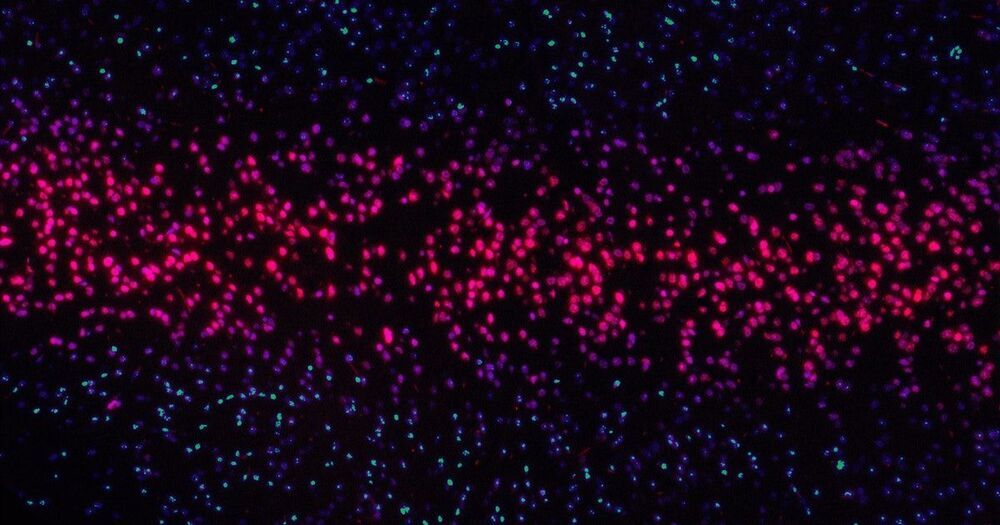
A new method is cheaper and more environmentally friendly than traditional processes.
Teresa Ambrosio, University of Nottingham.